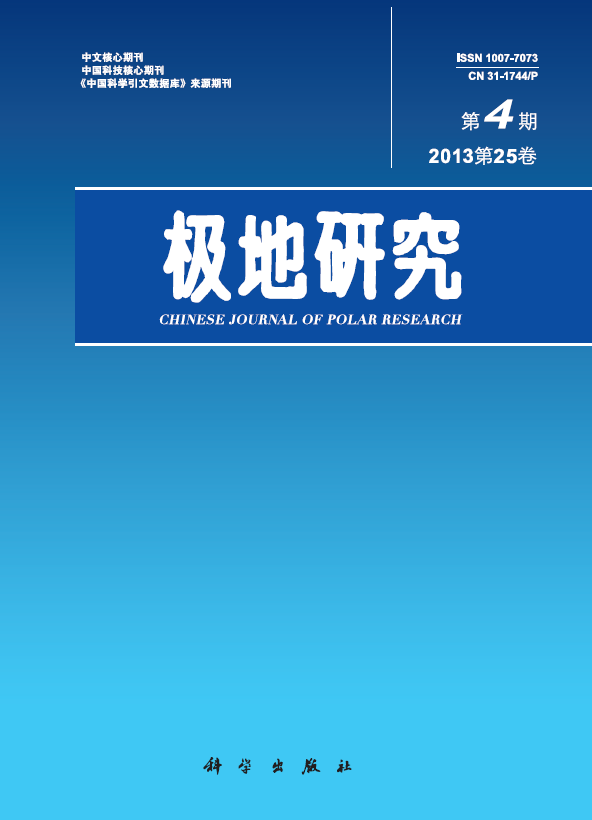|
|
PETROGRAPHY AND MINERALOGY OF A NEW LUNAR METEORITE MIL090036
Xie Lanfang,Miao Bingkui,Chen Hongyi,Xia Zhipeng,Yao Jie
2013, 25 (4):
342-351.
DOI: 10.3724/SP.J.1084.2013.00342
MIL090036 is a newly found meteorite. Belong to feldspathic polymict lunar meteorite. Here we report the detailed petrography and mineralogy of this meteorite. The breccia of MIL090036 are abandunce in quantity and type. In the MIL090036 we found primary lithic clasts (anorthosite, gabbroic anorthosite, gabbro, regolith breccia, troctolite, microporphyritic crystalline impact melt breccia). Anorthositic and quartziferous melt clasts were also observed. Major mineral fragments include pyroxenes, plagioclase, small number of olivine and ilmenite .The composition of the matrix including melt glass, fine-grained crystalline mineral and fragment of mineral (plagioclase, pyroxene, ilminite, olivine, quartz). plagioclase grains in gabbro and anorthosite are relatively poored in Ca(An81-83, An88-93)than those in other breccia (An90-98). Pyroxene grains in lithic clasts , mineral fragments and anorthositic melt clasts are relatively poored in Fe(Fs 12-35Wo3-44 En22-79), and those in quartziferous melt clasts , matrix are relatively enriched in Fe(Fs 37-65Wo10-29 En21-49 , Fs18-69Wo3-45 En14-50). Where pyroxene grains in gabbroic anorthosite show a narrow compositional range(Fs 24-27Wo7-14 En59-69). Olivine grains in mineral fragments and matrix show a wide compositional range(Fo57-79) than those in lithic clasts(Fo67-77). Fe/Mn molar ratios in olivine range from 47 to 83 with an average of 76 , and those in pyroxene vary from 76 to 112, consistend with the lunar olivine and pyroxene trend . MIL090036 is similar petrographicaiiy and geochemically to samples from Apollo16 . MIL090036thus enhances our understanding of the mineral and chemical compositions of the lunar surface.
Related Articles |
Metrics
|

